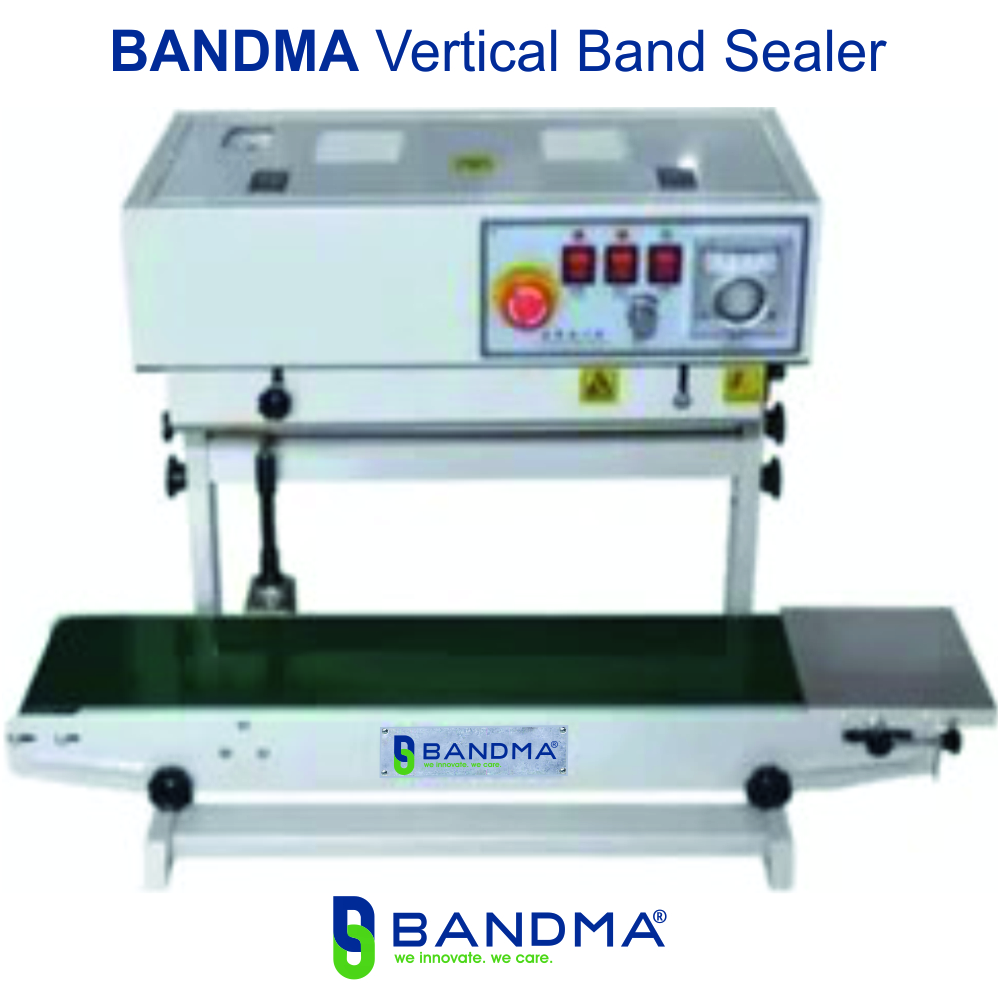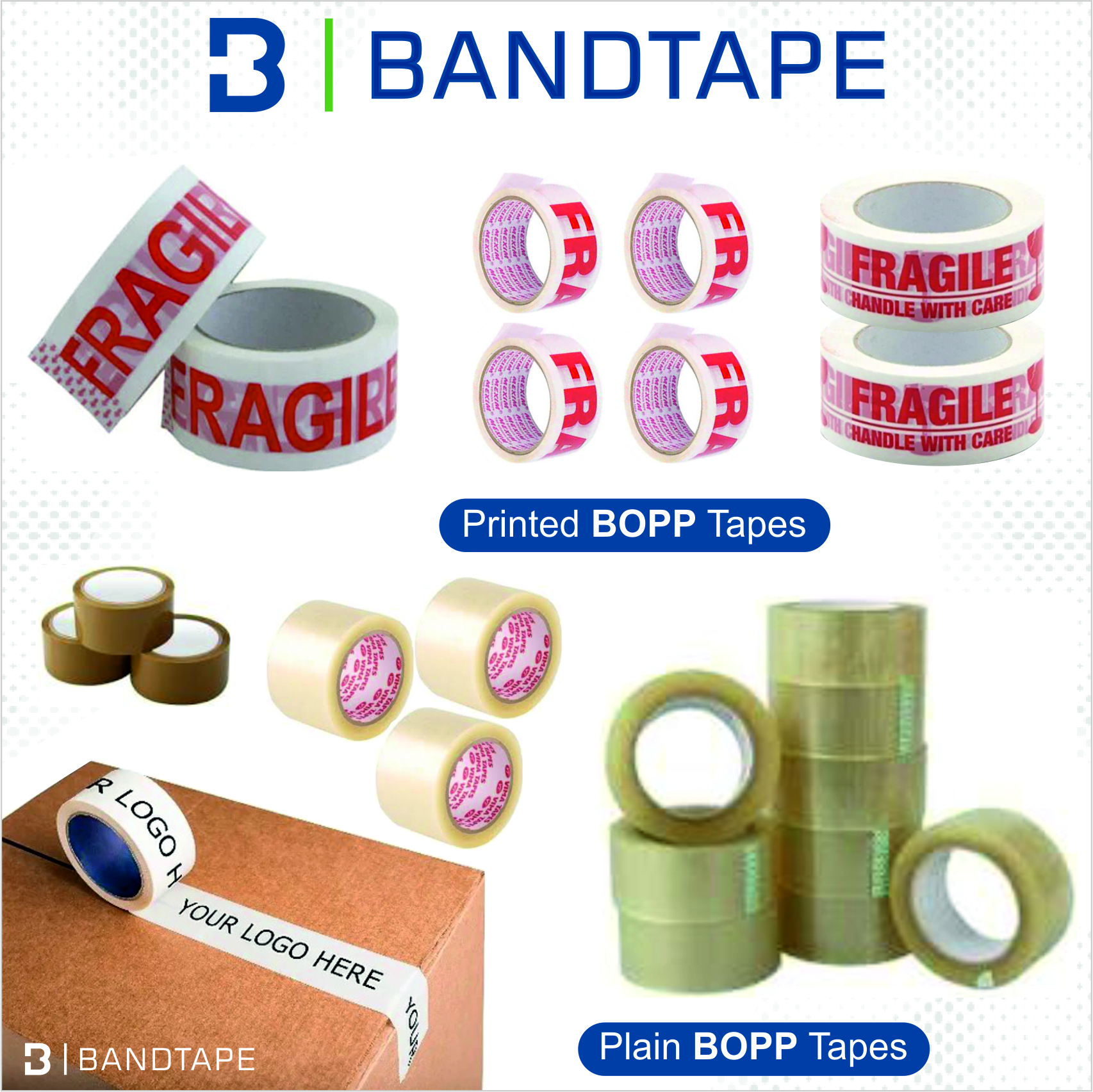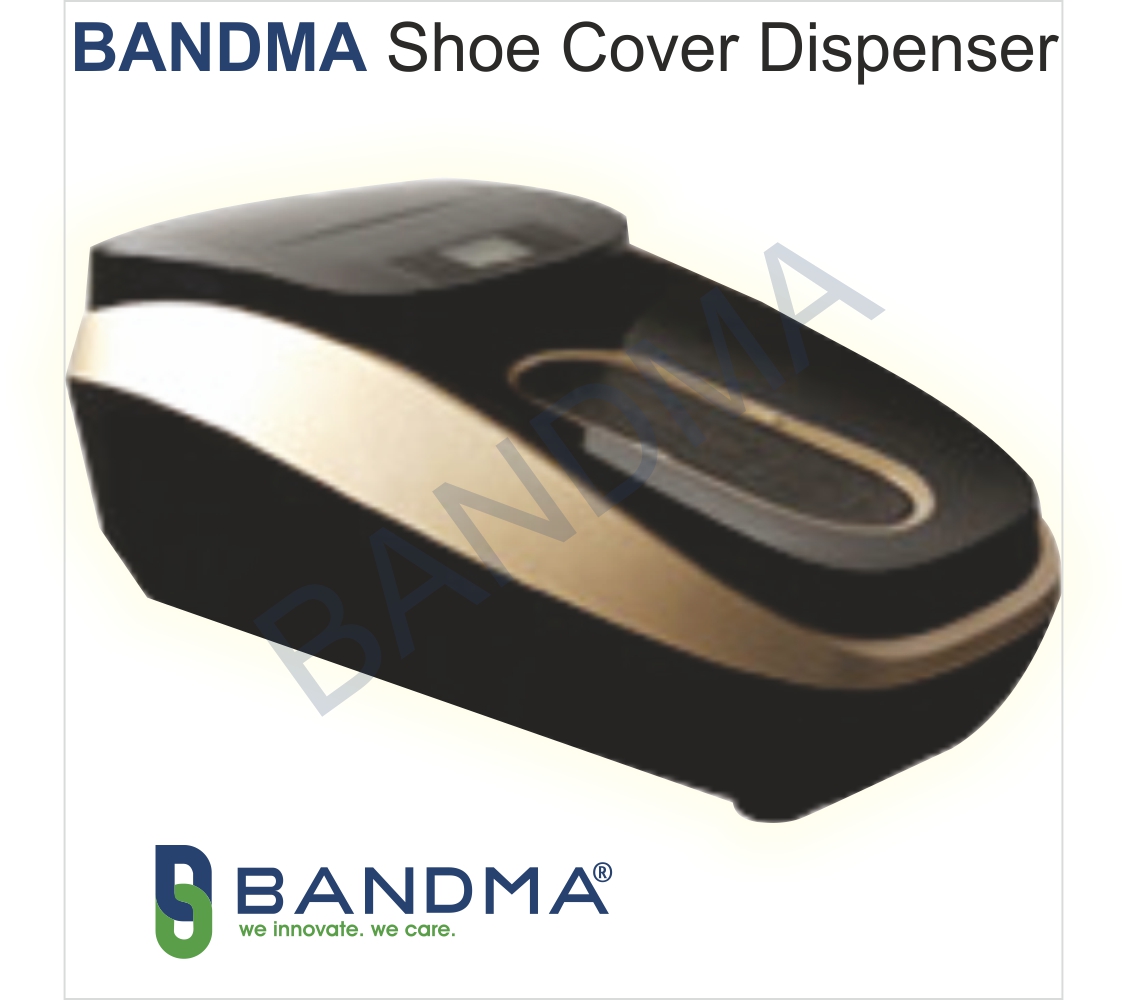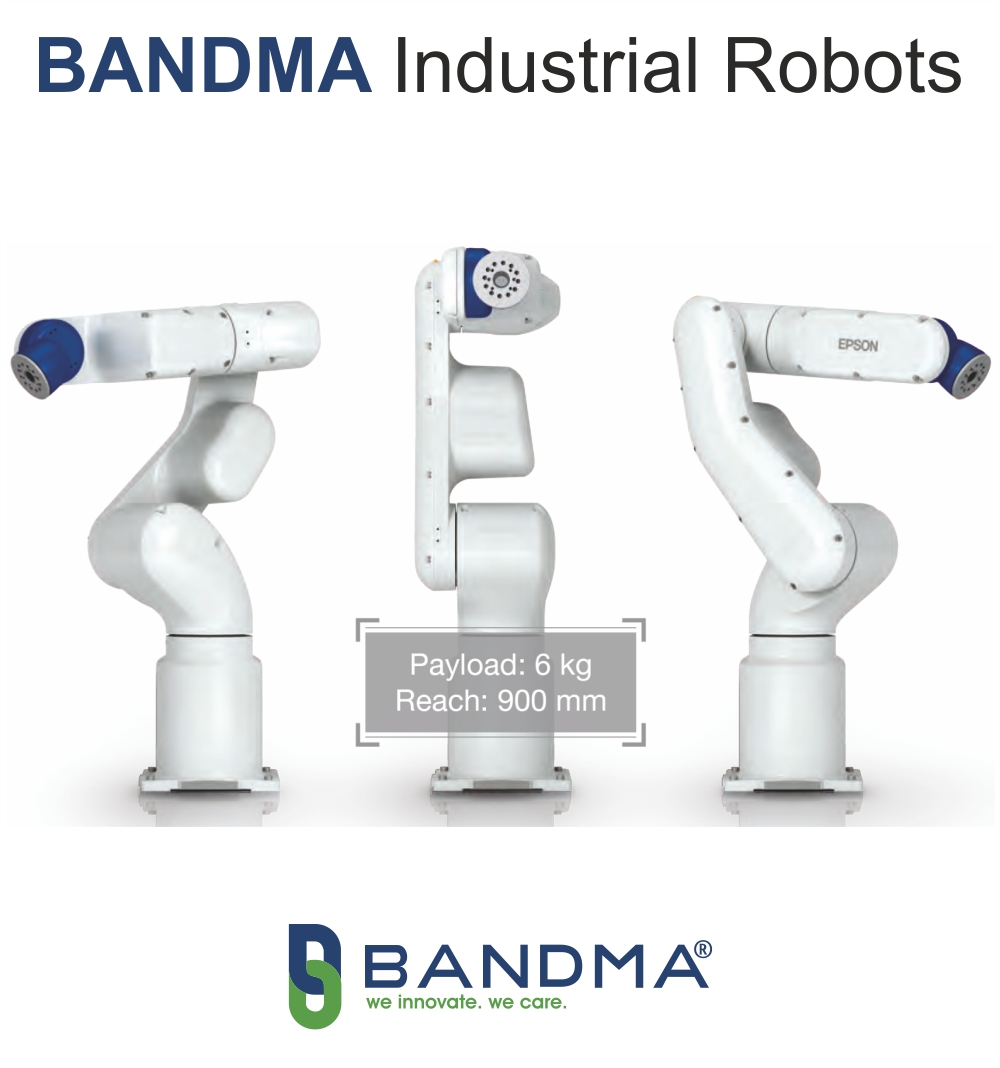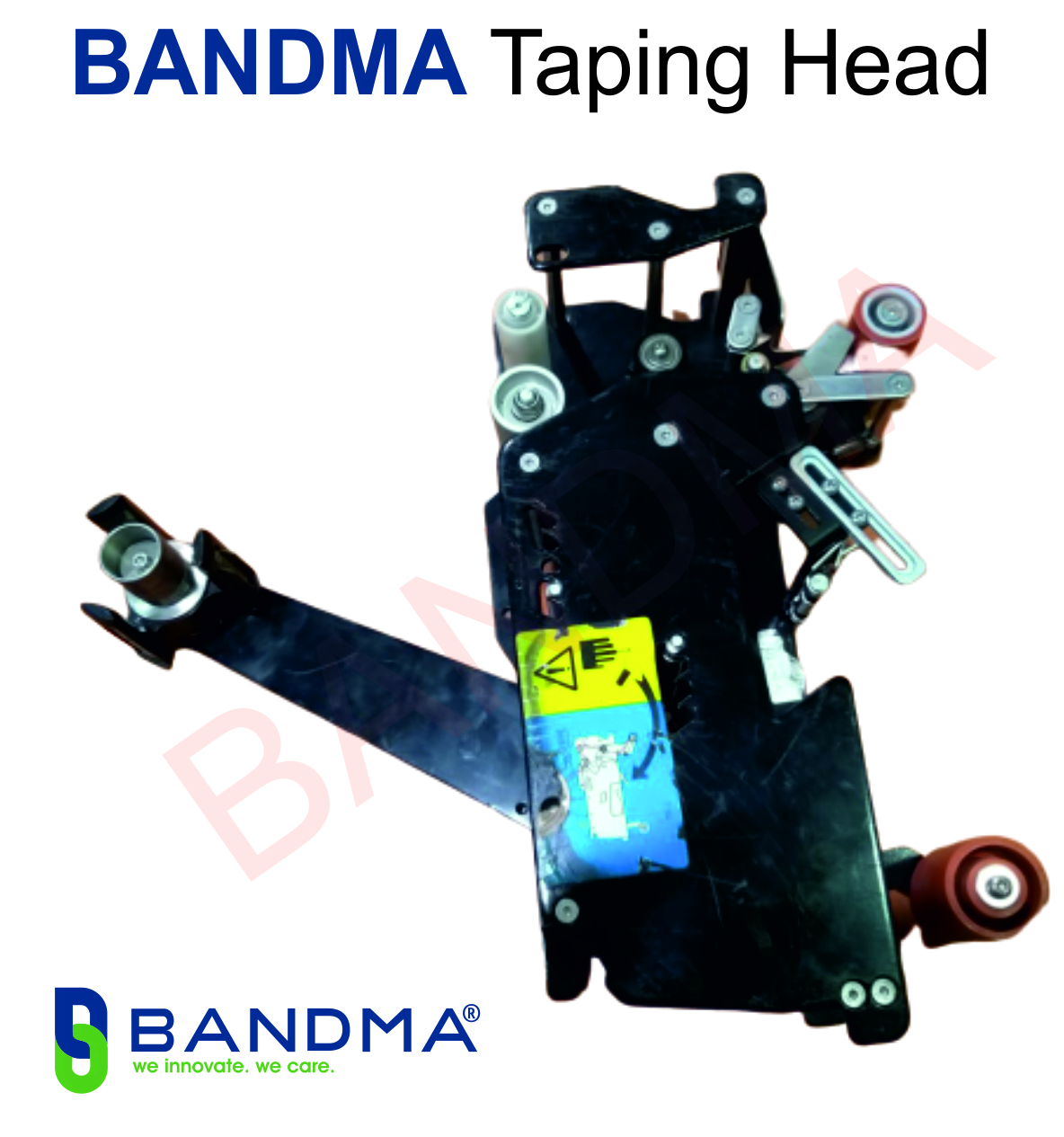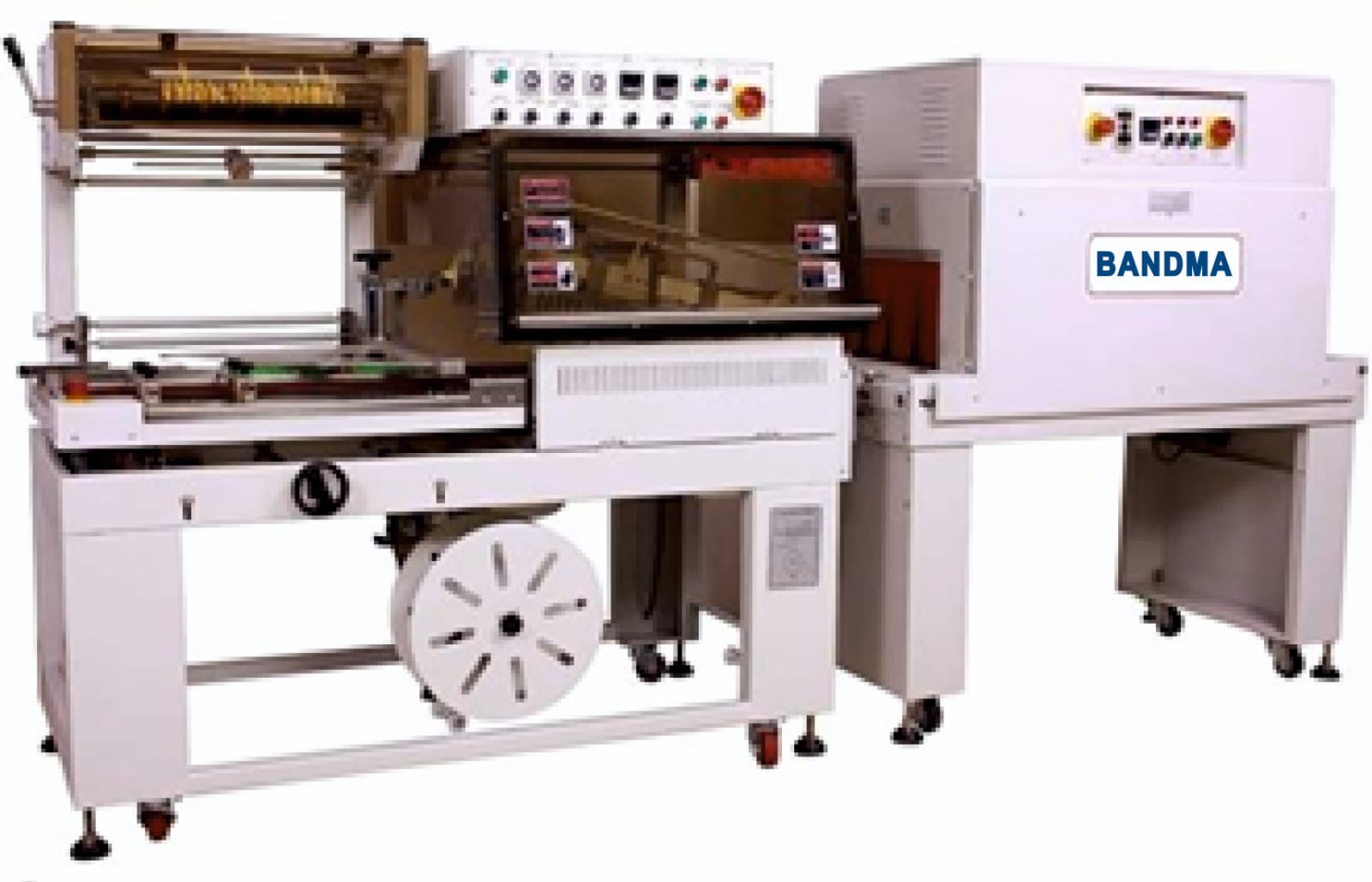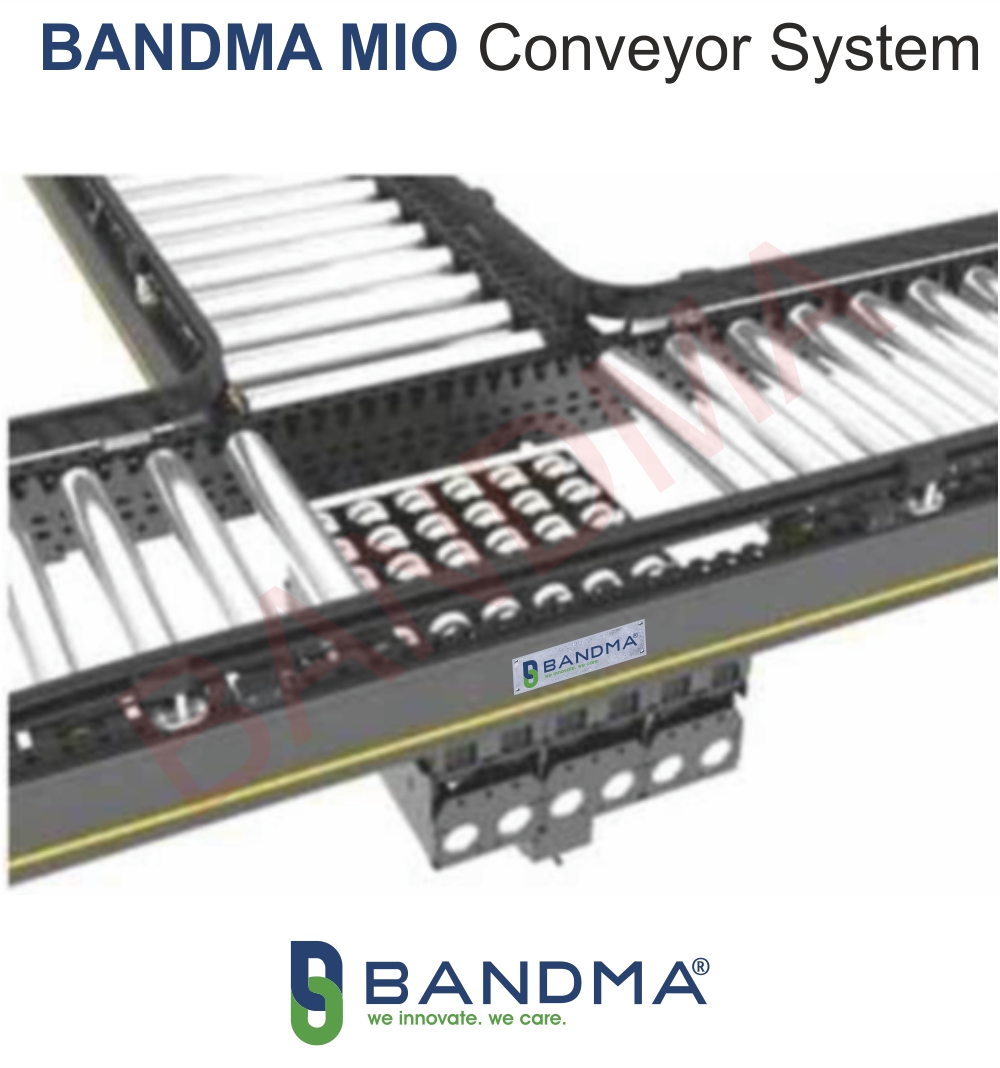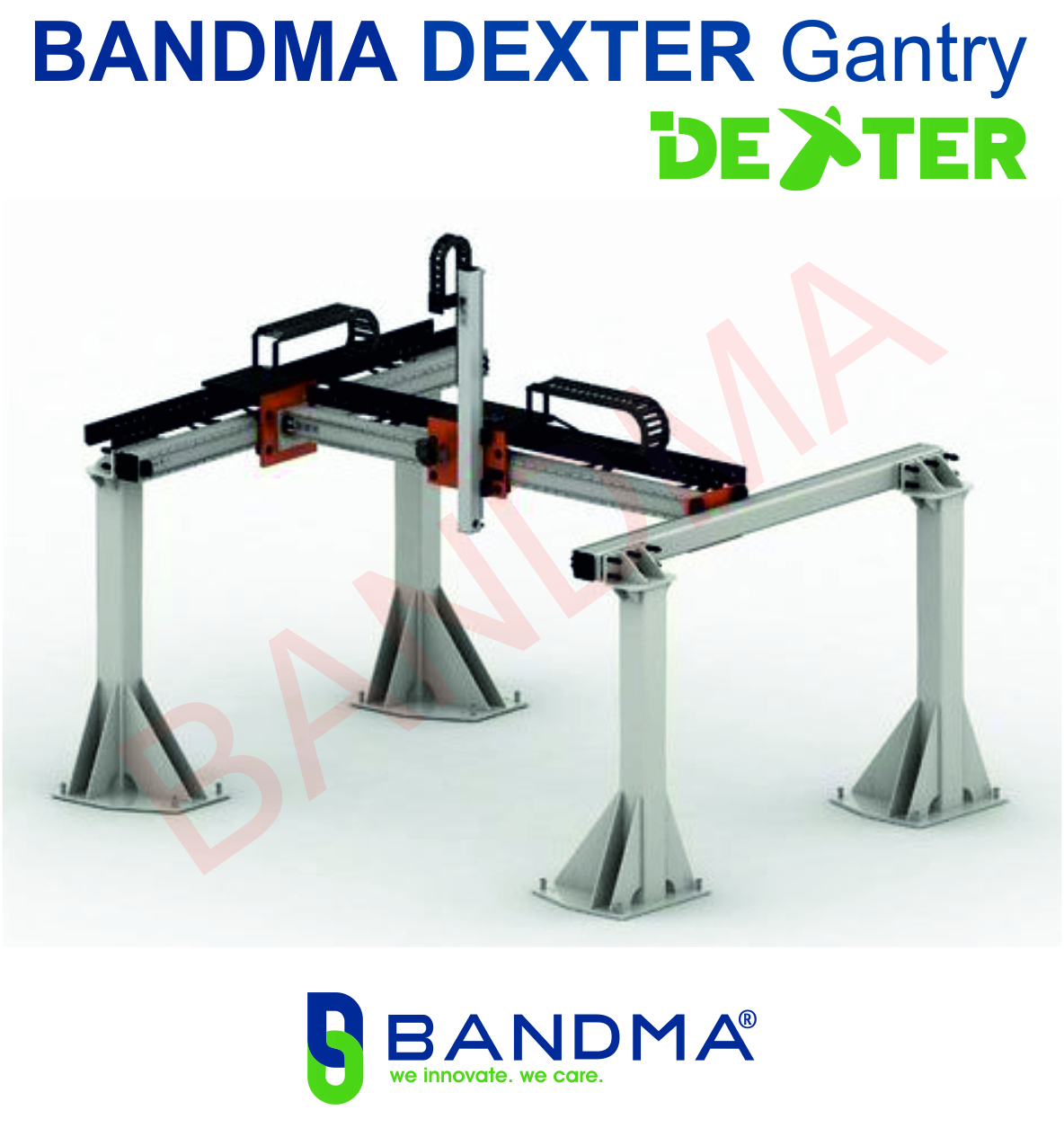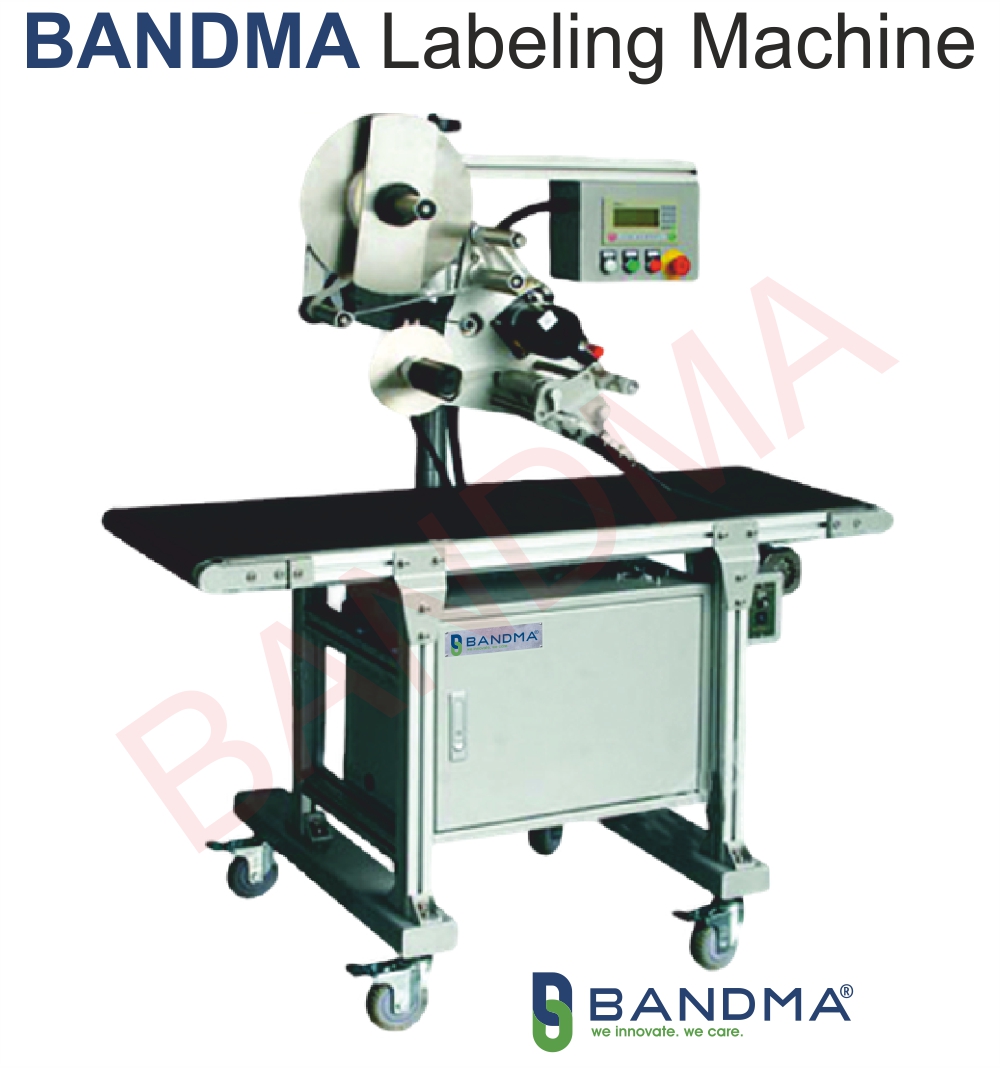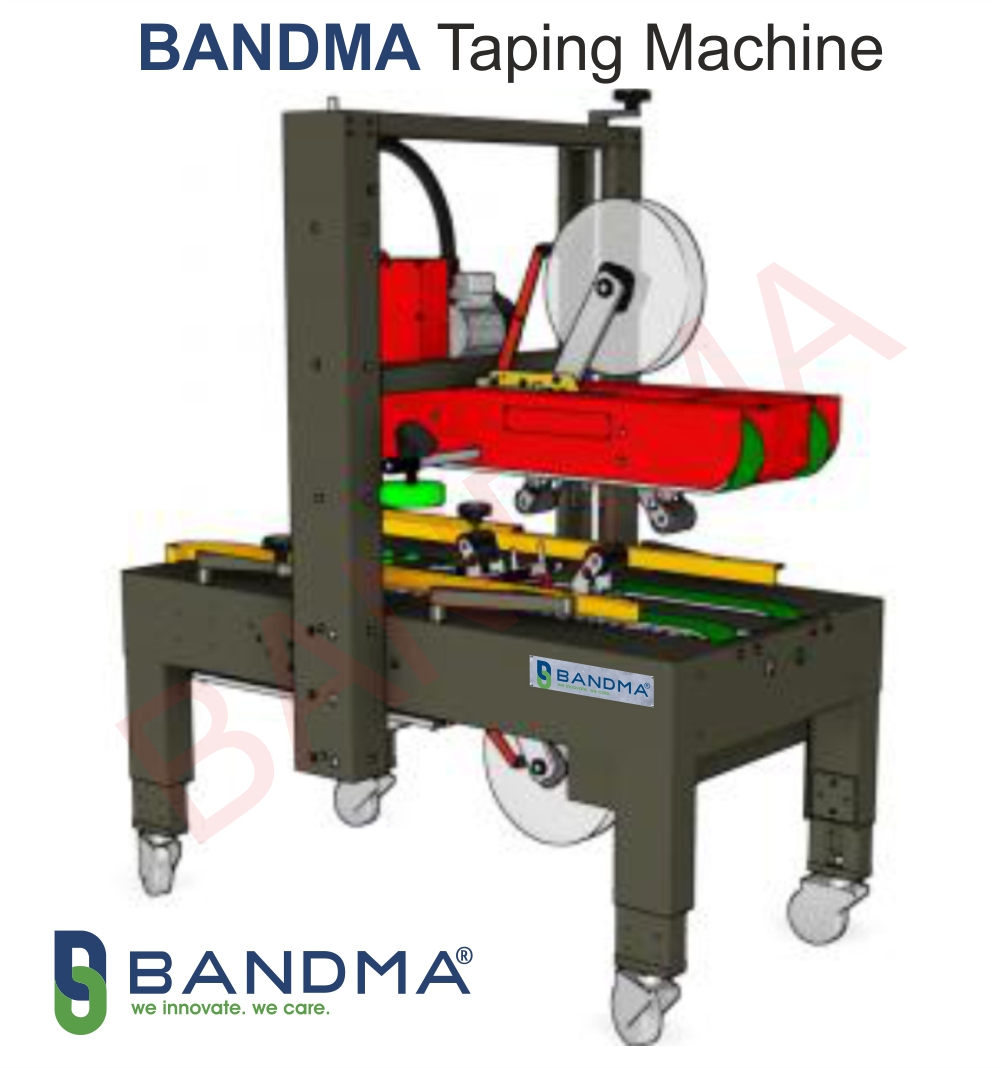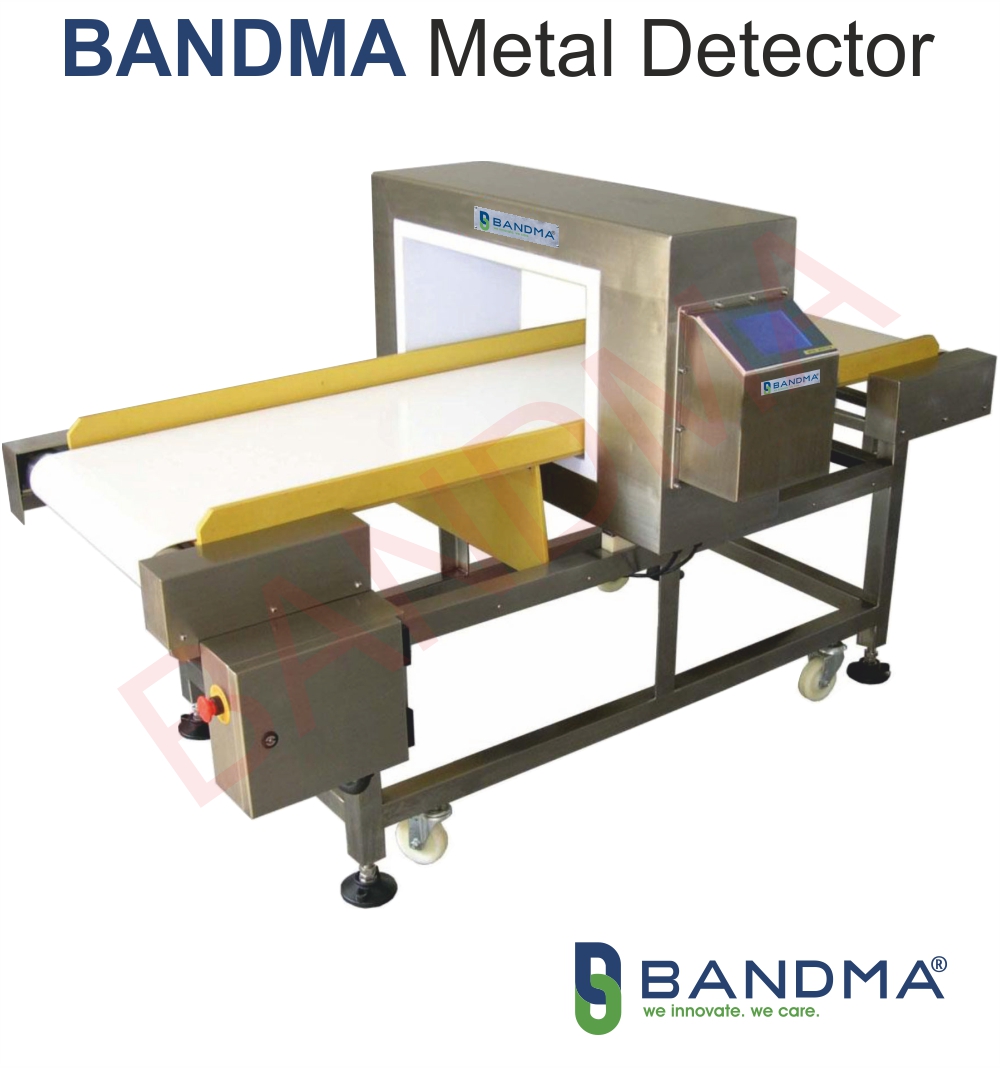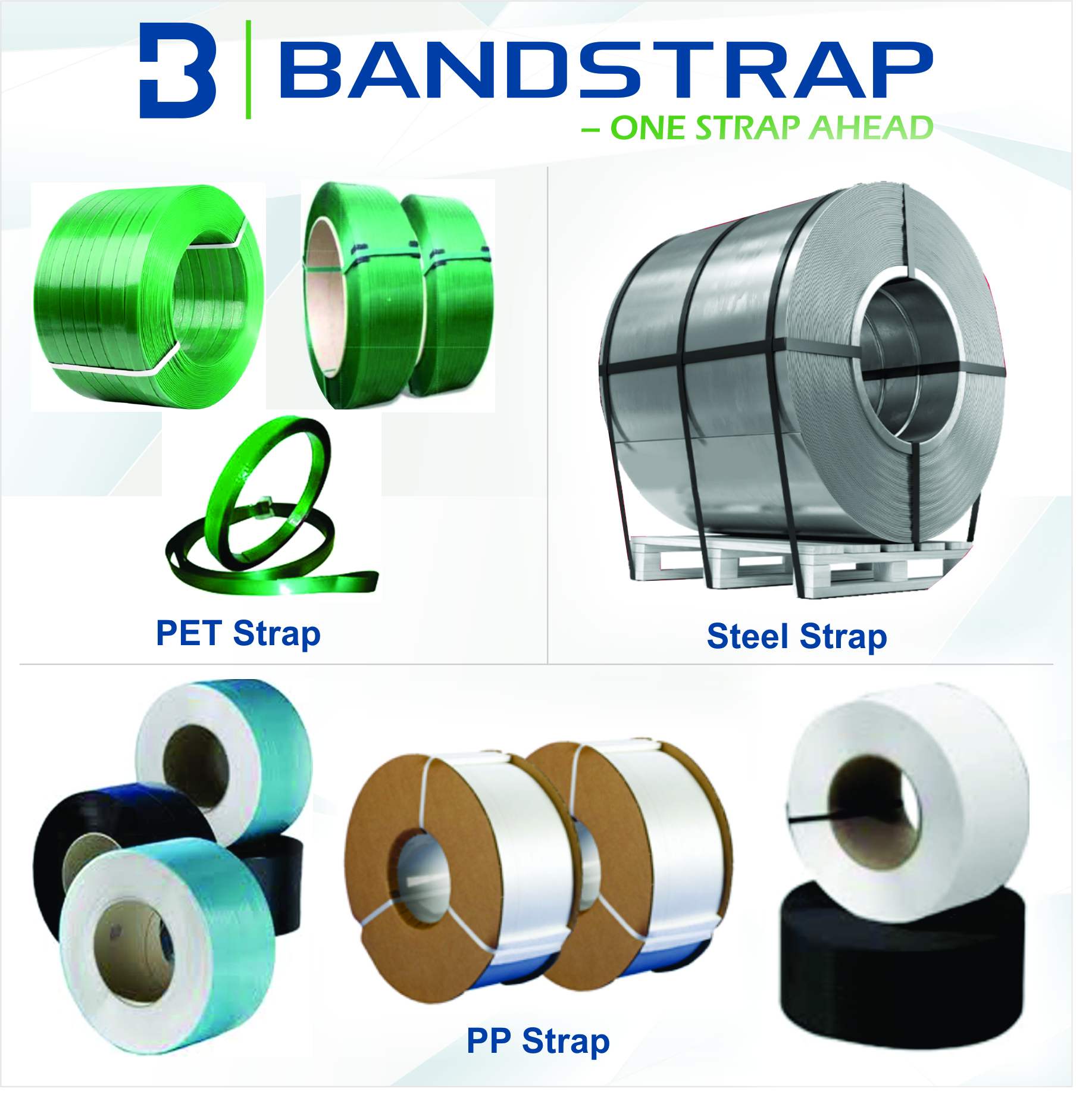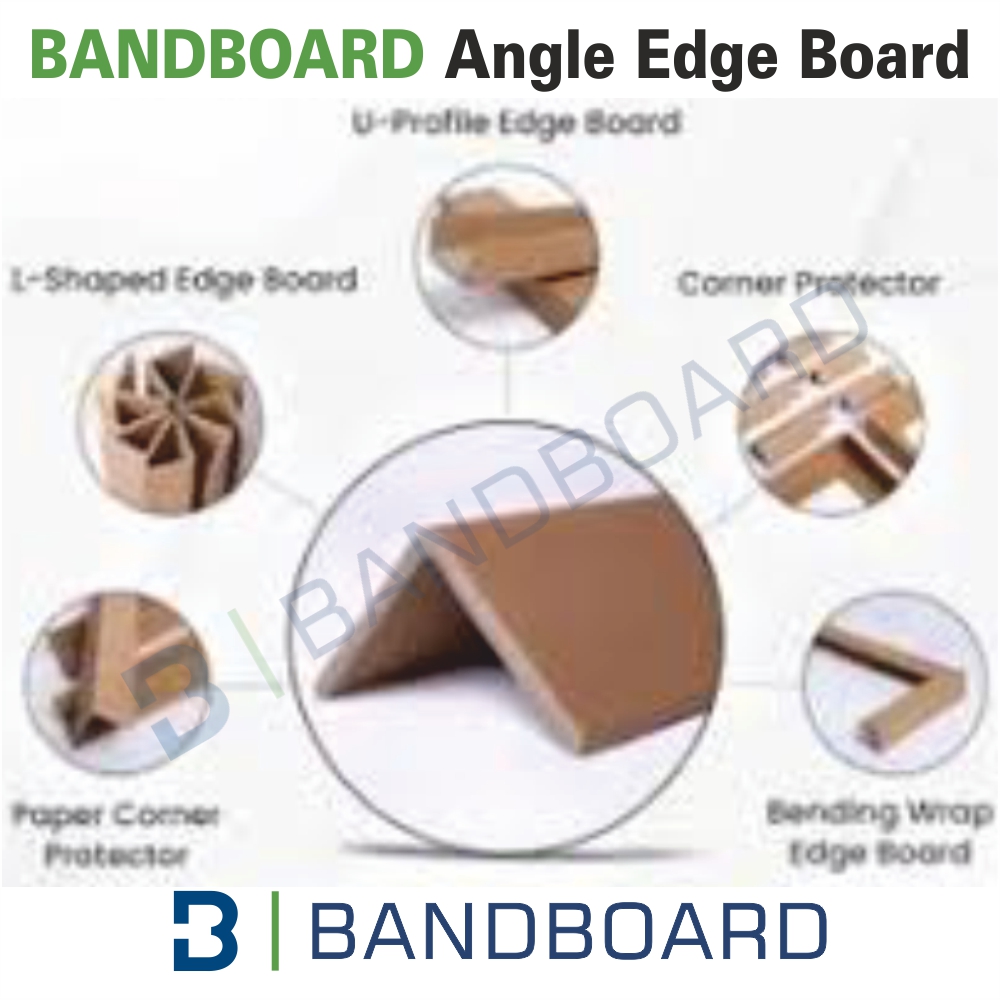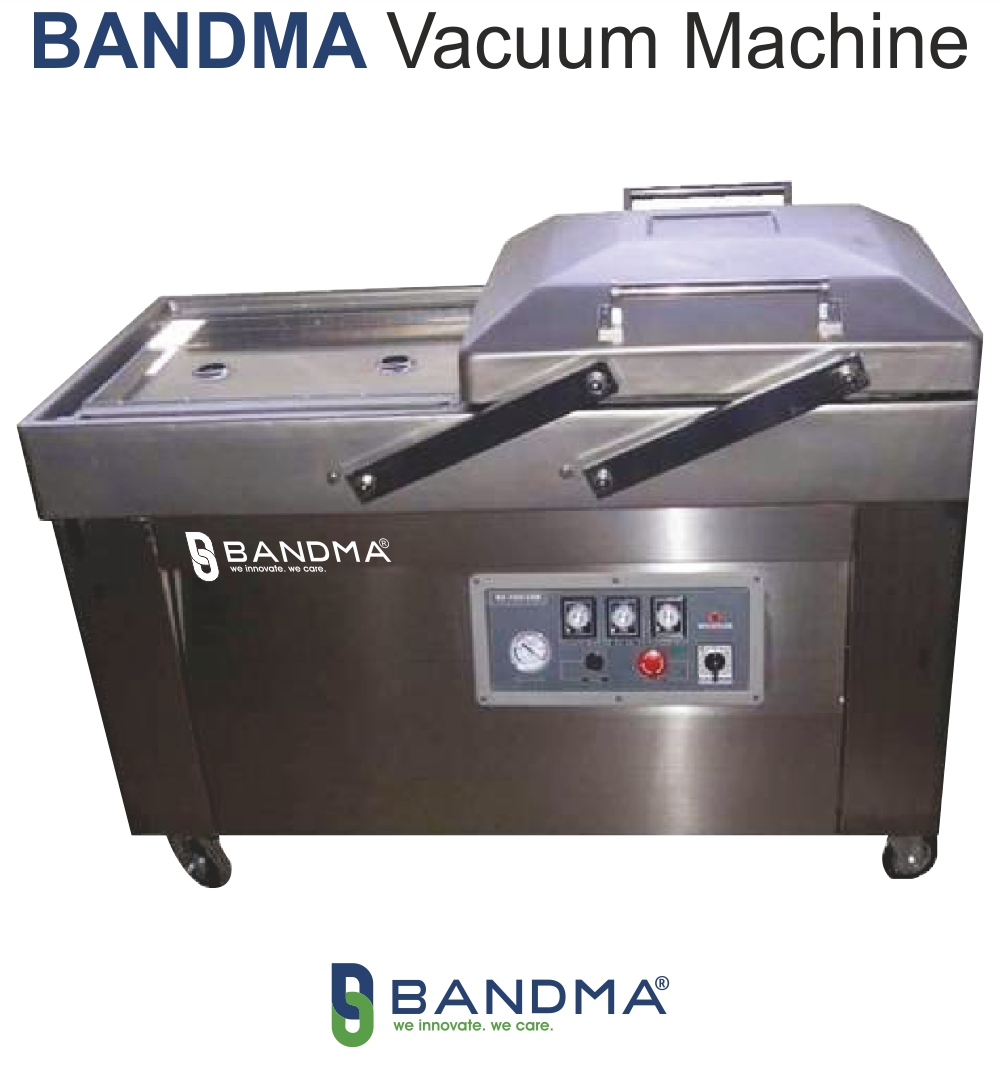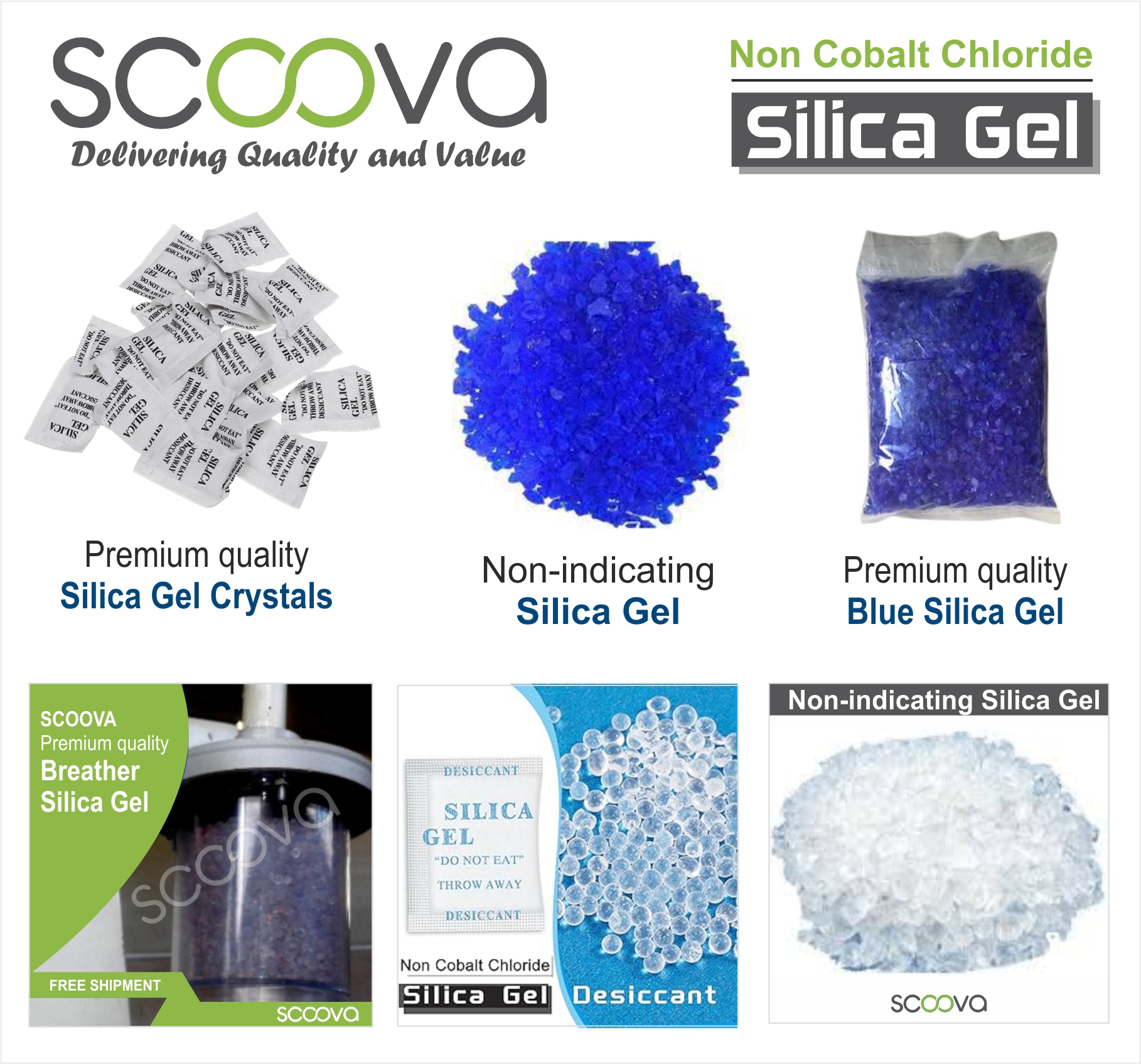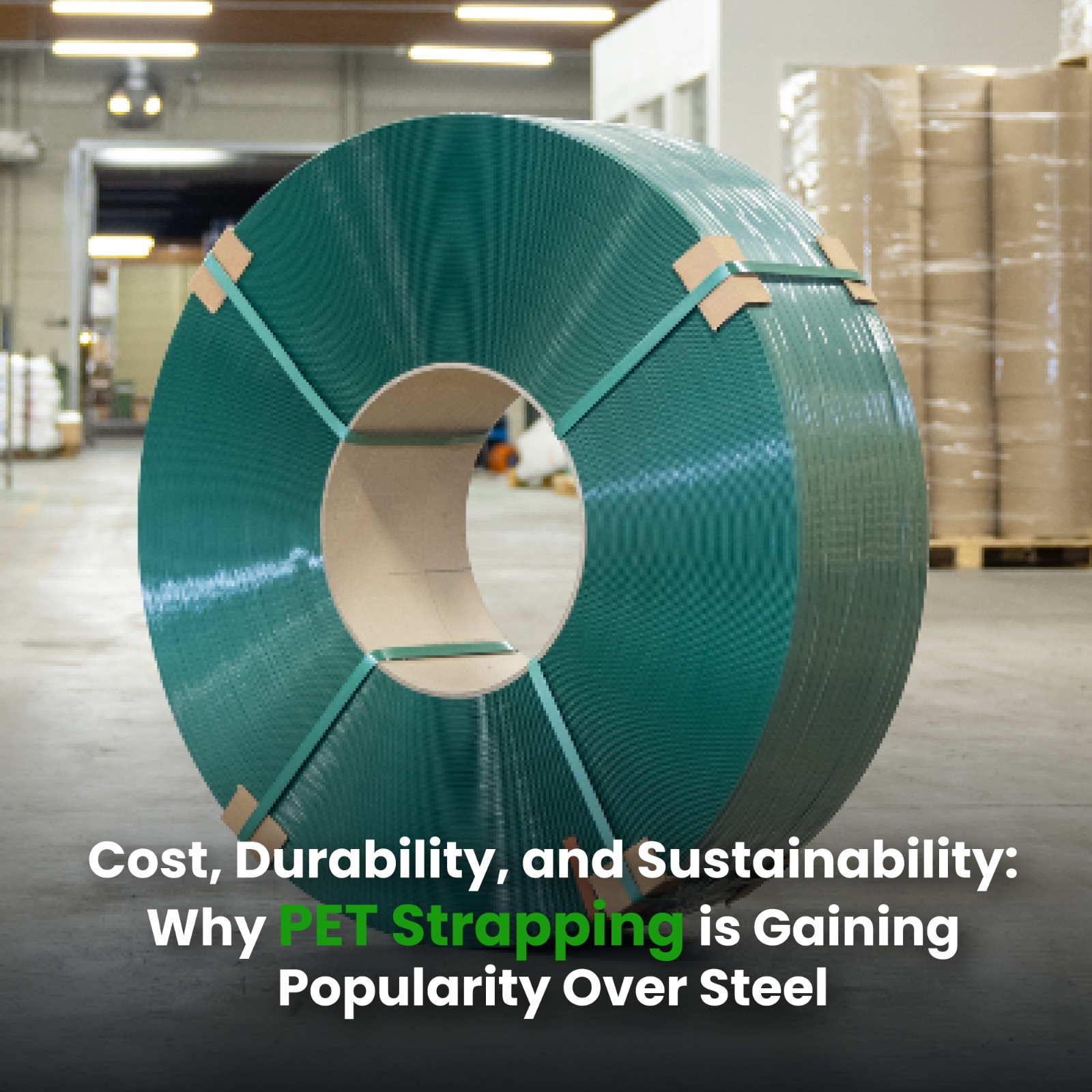Choosing the appropriate strapping material is essential in the field of industrial packaging and load securing to ensure the safe transportation and storage of goods. PET (polyethylene terephthalate) strapping and conventional steel strapping are two common choices. Although the fundamental function of both materials is the same, their cost, strength, flexibility, and environmental effect are very different. We'll examine the differences between PET and steel strapping in detail in this blog post so you can decide which option is best for your packing requirements.
Strength: PET Strapping vs. Steel Strapping
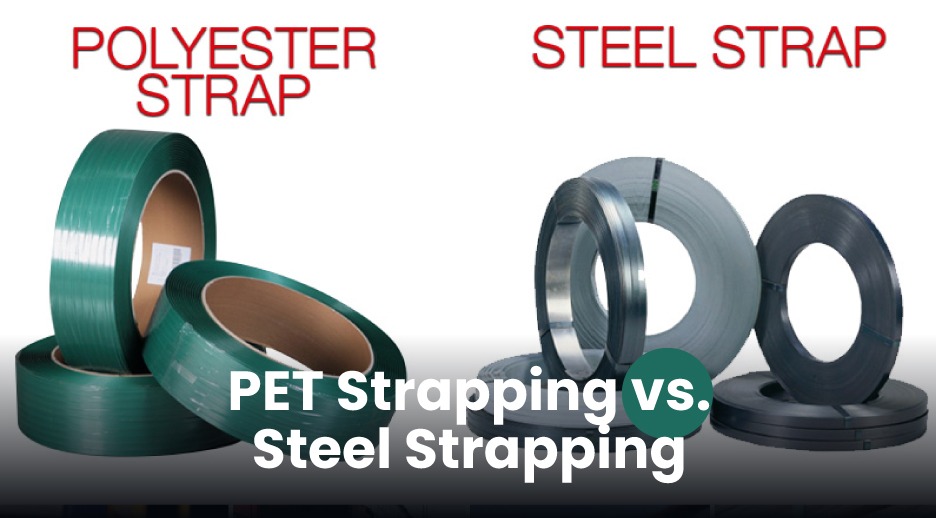
Steel Strapping: The Heavyweight Champion
Heavy-duty load fastening has traditionally been accomplished with steel strapping. Steel strapping, which has an unmatched tensile strength, is frequently utilized in industries to attach highly heavy or sharply edged objects. Steel strapping, for instance, is widely used in the construction, metal fabrication, and lumber sectors to hold massive bundles of materials like steel beams, concrete blocks, and pipes in place.
Steel strapping has a high resistance to elongation, meaning that when loaded, it will not stretch. It is therefore perfect for uses requiring a high degree of tension and rigidity. Steel strapping holds its tension once it is placed, guaranteeing that the cargo is secure even when being transported across difficult terrain or kept in long-term storage.
PET Strapping: The Lightweight but Strong Competitor
PET strapping is a durable substitute for steel, especially in medium- to heavy-duty applications. While PET's tensile strength is not as great as steel's, advances in PET technology have made PET far more capable of supporting weight. PET strapping can be used to secure weights that are sensitive to stress since it is composed of high-strength polyester and has great resilience to impact and elongation.
PET strapping has the benefit of being stretchy. PET can slightly stretch under weight and return to its original form, unlike steel, which is inflexible. Because of their suppleness, PET straps can absorb shock and are therefore perfect for loads that move or vibrate while in transport.
Verdict on Strength:
Steel strapping might still be a superior option if your application calls for securing objects with sharp edges or that are very heavy. But PET strapping offers the extra advantages of flexibility and shock absorption, making it suitable for the majority of medium-to heavy-duty applications.
Flexibility: The Material Advantage

Steel Strapping: Limited Flexibility
Steel strapping is famed for its strength, but this comes at the cost of flexibility. Because steel is inflexible, it cannot be as easily adapted to fragile or oddly shaped objects. It works well for packing bulky, homogeneous loads, but for more delicate or asymmetrical goods, it might be too much. Furthermore, softer materials or items may occasionally be harmed by the stiffness of steel, particularly if the load fluctuates while being transported.
The inflexibility of steel also means that application requires extra caution. Sharp edges present a risk to workers' safety, hence safety equipment and instruments made especially for handling steel straps must be used.
PET Strapping: Highly Adaptable
PET strapping's flexibility is one of its main benefits. PET straps are perfect for securing products with irregular shapes or more delicate objects that require careful handling since they easily adjust to the shape of the load. This versatility lessens the possibility of damage occurring during transportation, particularly when handling breakable items like food items, fabrics, or electronics.
PET strapping is easy to use and flexible at the same time. Compared to steel straps with their sharp edges, PET strapping is safer to handle and lighter than steel, reducing the chance of damage. PET strapping can be applied rapidly and effectively by workers without the requirement for specialized protective gear, thereby increasing its use across a range of sectors.
Verdict on Flexibility:
PET strapping is the better option in instances where the goods are erratic, delicate, or quickly damaged. It is perfect for securing a variety of products without sacrificing performance or safety because to its adaptability and simplicity of usage.
Cost Comparison: PET Strapping vs. Steel Strapping

Steel Strapping: Higher Initial Costs
Generally speaking, steel strapping is more expensive initially than PET strapping. The costlier raw material is steel, and applying and tensioning steel straps requires more sophisticated and expensive gear as well. To secure the steel strapping, specific equipment and protective seals are also needed, which raises the overall cost of packaging processes.
Steel strapping has other unstated expenses as well. For example, the weight of steel straps, particularly when used in big quantities, increases the cost of shipping. Steel strapping can also rust and corrode, especially in humid situations, damaging the goods it secures and sometimes resulting in returns or losses.
PET Strapping: Cost-Effective and Long-Lasting
In general, PET strapping is less expensive than steel strapping. PET is not only a less expensive material, but it also requires less costly application equipment. PET strapping can be welded together using heat or friction, negating the need for seals in many situations and lowering the overall cost of packing.
The fact that PET strapping is less expensive to ship than steel since it is lighter in weight is another benefit. PET is appropriate for outdoor applications and locations where humidity is a concern because it is also resistant to rust and corrosion. Due to PET's longevity, businesses may save money in the long run by needing fewer replacements or modifications.
Verdict on Cost:
In terms of cost-effectiveness, PET strapping is the obvious winner. For a variety of packaging applications, its affordability stems from its reduced material costs, lightweight design, and long-lasting nature.
Environmental Impact: Steel vs. PET Strapping
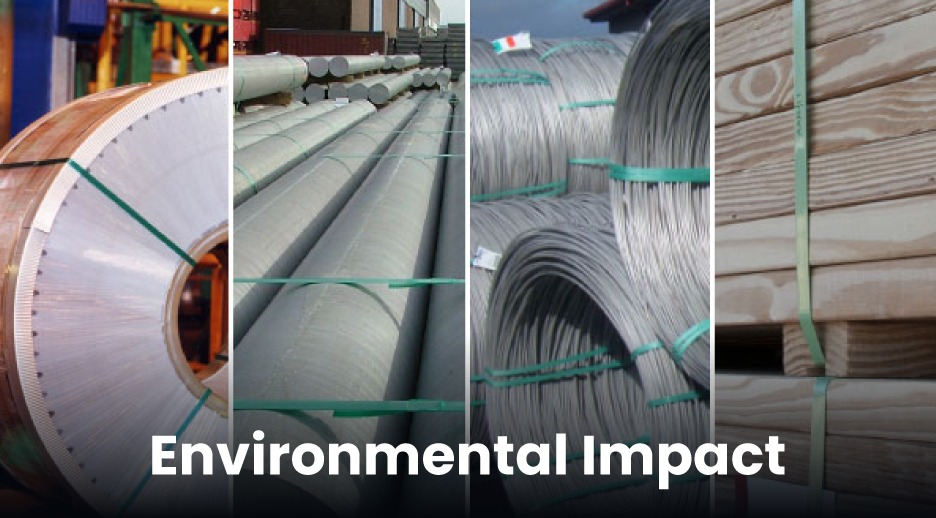
Steel Strapping: Recyclable but Resource-Intensive
Steel strapping can be recycled in whole, and the procedure for doing so is well-established. Steel production, however, needs a large amount of energy and resources. The mining of raw materials required in the production of steel strapping has a significant negative impact on the environment.
Moreover, the extra fuel consumption during transportation caused by steel's larger weight adds to the material's total environmental impact.
PET Strapping: A More Sustainable Option
PET strapping is a more environmentally friendly choice because it is recyclable and created from recycled materials. Recycled plastic bottles are used to make a large number of PET straps, which lowers the demand for virgin raw materials. PET strapping production is more environmentally friendly than steel production since it uses less energy throughout the manufacturing process.
PET strapping also lessens the transportation-related carbon footprint because it is lighter. Its durability is further enhanced by its ability to withstand rust and corrosion, allowing it to be utilized in challenging conditions without frequently needing to be replaced.
Verdict on Environmental Impact:
When you take into account the fact that PET strapping uses recycled materials and has a smaller environmental impact during production and transportation, it is the most environmentally friendly choice.
Conclusion: PET Strapping vs. Steel Strapping
PET and steel strapping are both beneficial, based on the particular requirements of your load-securing or packing application. The strongest material for heavy-duty applications requiring high tension and rigidity is still steel strapping. PET strapping, on the other hand, provides an amazing mix of affordability, strength, and flexibility, which makes it a good substitute for steel in many situations.
PET strapping is a great substitute for companies aiming to cut expenses, boost security, and lessen their environmental impact. It is a flexible solution that works well for many different sectors because of its long-lasting durability, ease of use, and versatility. Businesses can make more educated decisions that support their operational and environmental objectives by knowing the advantages and disadvantages of both materials.


